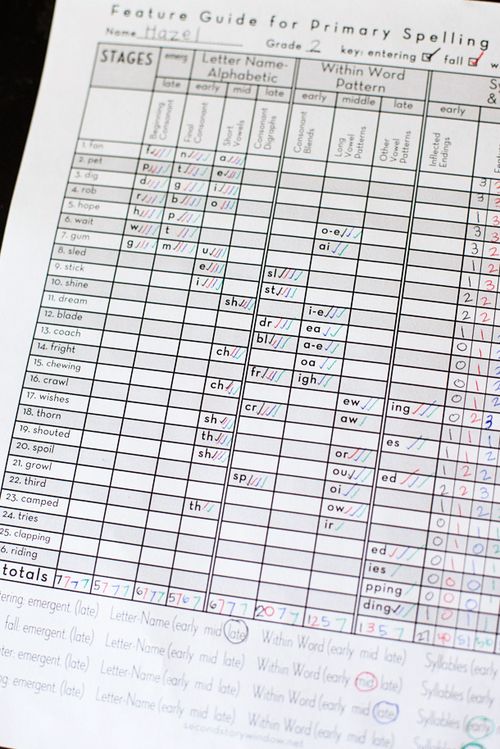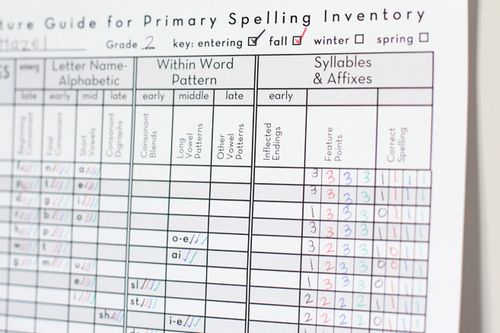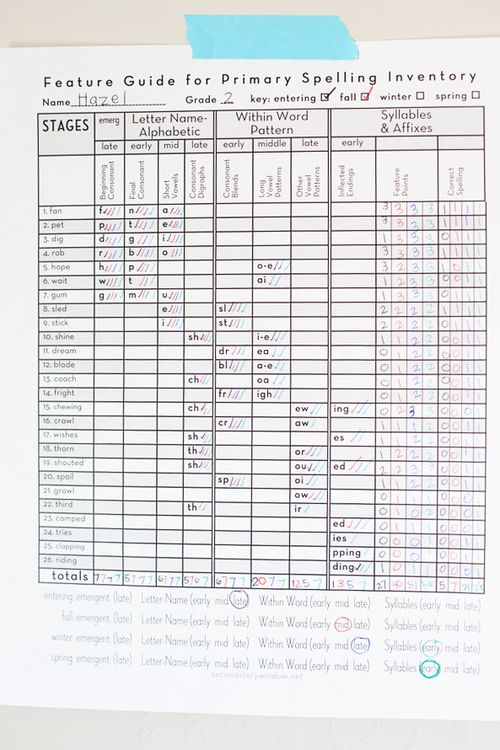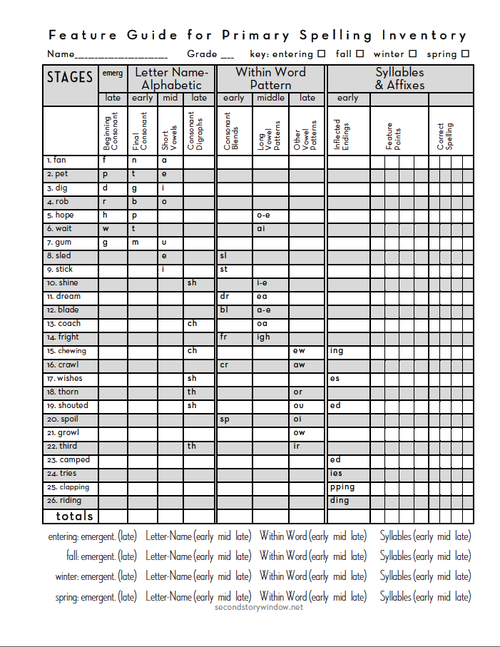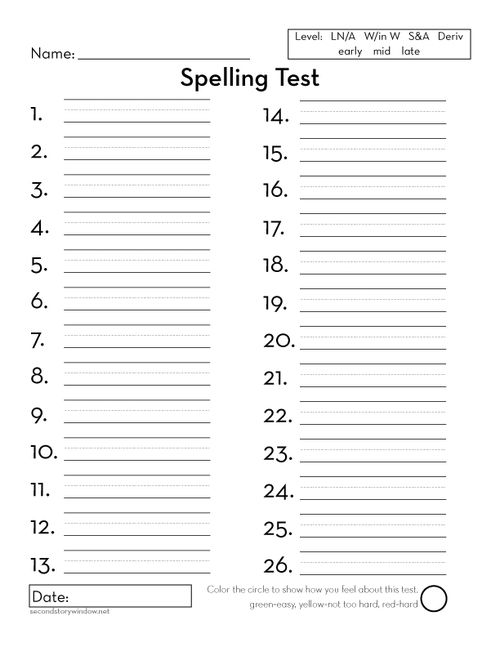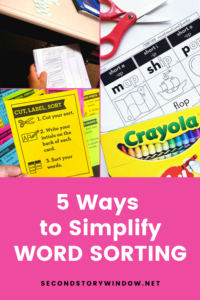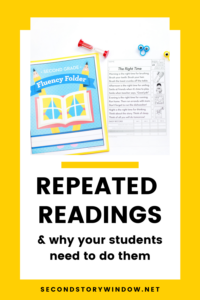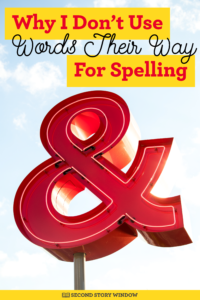Edited to add: Please see the NEWER POST about WTW that has all this information + much, much more!
On the last Words Their Way post, Mrs. Ibarra commented:
I have a copy of this book, but our Reading program does word sorts and uses them as spelling words too. It teaches a 2-3 patterns at a time…ay and ai for example. Do you think I could combine the two? I haven’t looked at the book in a while. I purchased it for a Graduate class, but really haven’t looked at it since.
Mrs. Ibarra, I’m not sure how your reading program is set up, but with Words Their Way instead of doing whole-class sorts, you teach students on their levels.The assessment piece is what I think makes Words Their Way so beneficial.
To start off, you give the class a (lengthy) spelling test.There are a couple of different versions depending on the grade you teach.Since I’ve got 2nd graders, I use the Primary Spelling Inventory (PSI).On the Pearson website, you can see an example of the different tests and a rundown on how to score them.
Then you get to grade them. I love looking at the data, but I hate doing all the recording. When you’ve got 20+ students, it can take a while. It helps to think happy thoughts. “I only do this 4 times a year…I can watch some Richard Armitage while I grade…”
Each of the words is broken down into key components—beginning sounds, vowel sounds, suffixes, etc. You don’t analyze every part of every word, so you need the feature guide to show you what you’re looking for. You put the student’s test in front of you and start checking off what was written correctly.
The feature guide in the book is horizontal, but I found that it’s easier for me to grade in a hurry if the page is vertical, so I retyped the info on my own form. Also, I like to use the same page for the whole year so I can easily track student growth.I use a different color pen each time I give the test and color the key at the top of the page.
After checking each word, then you total the number of checks in each column. The different columns represent different levels of spelling mastery. Each feature is checked in 7 different words. If a student correctly writes the feature (for example, short vowel sounds) 6 or 7 times you know it has been mastered. If a child gets 5 or fewer correct, that’s considered the student’s level.
If you look at this sheet, you’ll see how this student has progressed over the year.
At the beginning of 2nd grade, she misspelled two of the short vowel words. In that column (on the left), I recorded her score in black. If you look at the next column, you can see she got 6 of the features correct. Even though she technically passed that column, I went back to the first level where she missed two or more words to determine her level. In this case, Letter-Name Alphabetic stage. A little low for 2nd grade.
When I gave the test at the end of 1st term (burgundy numbers), she’d mastered the short vowels, digraphs, and blends. But she missed every single one of the long vowel patterns. So I knew her level had moved to middle Within Word pattern stage. This is where most of my 2nd graders fall.
On the third test at the end of 2nd term, she’d mastered long vowels, but not all the vowel patterns like aw, ir, etc. So that’s where we’re working now.
When my student teacher finishes up, I’ll give the assessment again to determine where she should work for the last part of the year. If I’m really feeling motivated I may give the test again at the end of the year to see how far she’s grown, but by the end of May my enthusiasm for grading is minimal. 🙂
The interesting thing about the WTW assessment is that it’s as focused on mistakes as it is words spelled correctly. For example, a child that spells goat “gote” obviously can’t spell the word goat. But what the error tells you is that he understands that something has to happen to a vowel to make it long. In this case, the speller knows that silent e often plays a role. So this student is probably going to be in the middle of the Within Word Pattern stage and ready to practice long vowel patterns like ai, oa, ue, etc.
You can download a copy of my version of the feature guide here. This is only for the Primary Spelling Inventory. The upper grades have a different set of words.
This is a copy of the form that I give my students to write on. I really hate waiting for them to number their papers from 1-26. Plus this way I can do some record keeping right on their forms.

